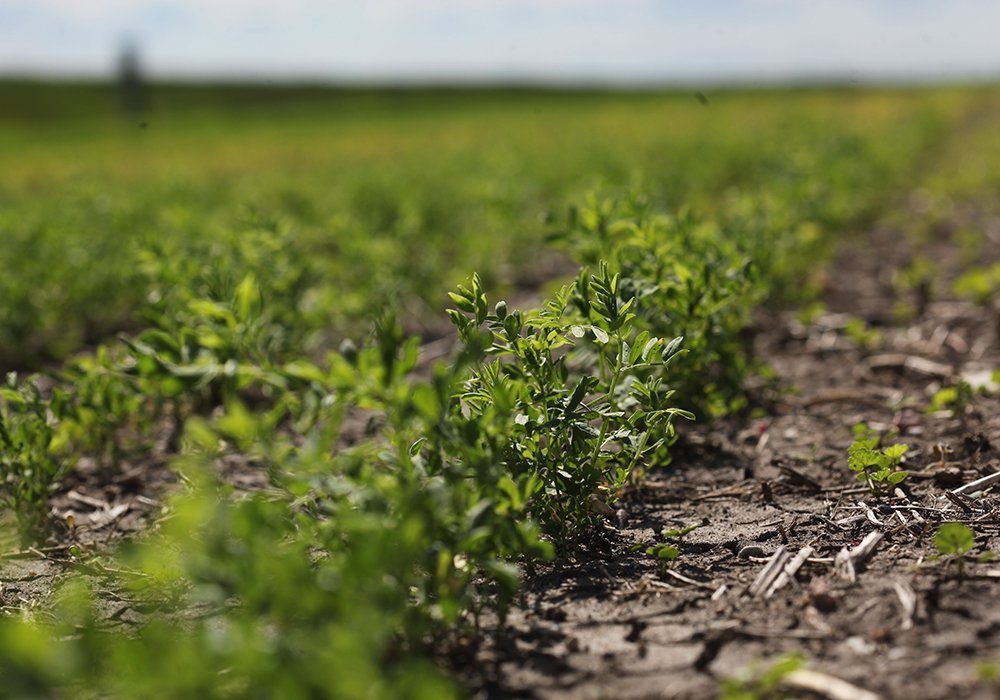Indian pigeon pea shortfall could boost Canadian exports

India is running low on pigeon peas and when that happens the country will sometimes import Canadian green lentils as a substitute, say analysts.
Last year’s kharif or summer crop of pigeon peas was well below expectations.
The government had set a target of 4.82 million tonnes. It estimates the actual amount harvested last October at 3.88 million tonnes.
Rahul Chauhan, director of IGrain India, an Indian agricultural commodity research firm, said the trade believes the real number is closer to three million tonnes.
That is well short of the country’s annual consumption of four million tonnes of the commodity.
India often imports pigeon peas from Myanmar but supplies in that country are low due to a dismal 2020-21 harvest.
Chauhan said in an email that he expects India will buy more from Africa instead, forecasting 400,000 tonnes of imports, up from 350,000 tonnes last year.
Canadian green lentils can be used as a substitute for pigeon peas when prices are high and that is the case this year, he said.
Pigeon pea prices are 29 percent higher than they were at this time last year and are selling well above the government’s minimum support price.
Chauhan said that may not necessarily increase green lentil consumption or imports but he said volumes may be equivalent to last year if import restrictions are relaxed.
There are rumours that the government of India may soon drop its lentil import tariff to 10 percent from 30 percent, sparking demand for all types of lentils.
India will soon be planting its next kharif crop of pigeon peas.
“Farmers may reduce sowing as soybean, cotton and groundnut prices are skyrocketing,” said Chauhan.
“The government is asking farmers to grow more oils and pulses to reduce dependency on imports but farmers sow crops based on last season’s trends.”
He also noted that pigeon peas take longer to grow than competing crops and farmers may opt to plant shorter-season crops because their financial condition is unstable due to COVID.
G. Chandrashekhar, senior editor of the Hindu Business Line, thinks there will be an increase in India’s pigeon pea planting due to high prices of the commodity.
He also predicts a boost in production due to the Indian Meteorological Department’s forecast for normal monsoon rainfall, although a lot will depend on how those rains are distributed throughout the country and when they arrive.
Chandrashekhar recently told the Global Pulse Confederation that he firmly believes lentil import duties will fall because the Reserve Bank of India has raised concerns about food price inflation in that country.
He expects a decision in the first half of June after the onset of the southwest monsoon.
Chandrashekhar said some Indian states have implemented regional COVID lockdowns but it is not like last year, when the entire nation was shut down for seven weeks.
This time the food processing sector is continuing “unhindered.”
“I don’t expect any major supply disruption in the Indian market as of now but there could be demand destruction,” he told the GPC.
He said any pulse demand destruction would not be on the scale of last year but there could be some due to the “reverse migration” of workers returning to their villages from cities that are in lockdown.
There will also be some demand loss because chickpeas have been removed from government food aid programs due to an overabundance of wheat and rice production.
Government stockpiles of chickpeas have also been reduced due to last year’s food aid programs and farmer reluctance to sell to the government because they are getting better prices in the open market.
Chauhan expects pulse prices in India to remain high for the first half of 2021 and then potentially drop depending on the size of the kharif harvest.
Contact sean.pratt@producer.com

